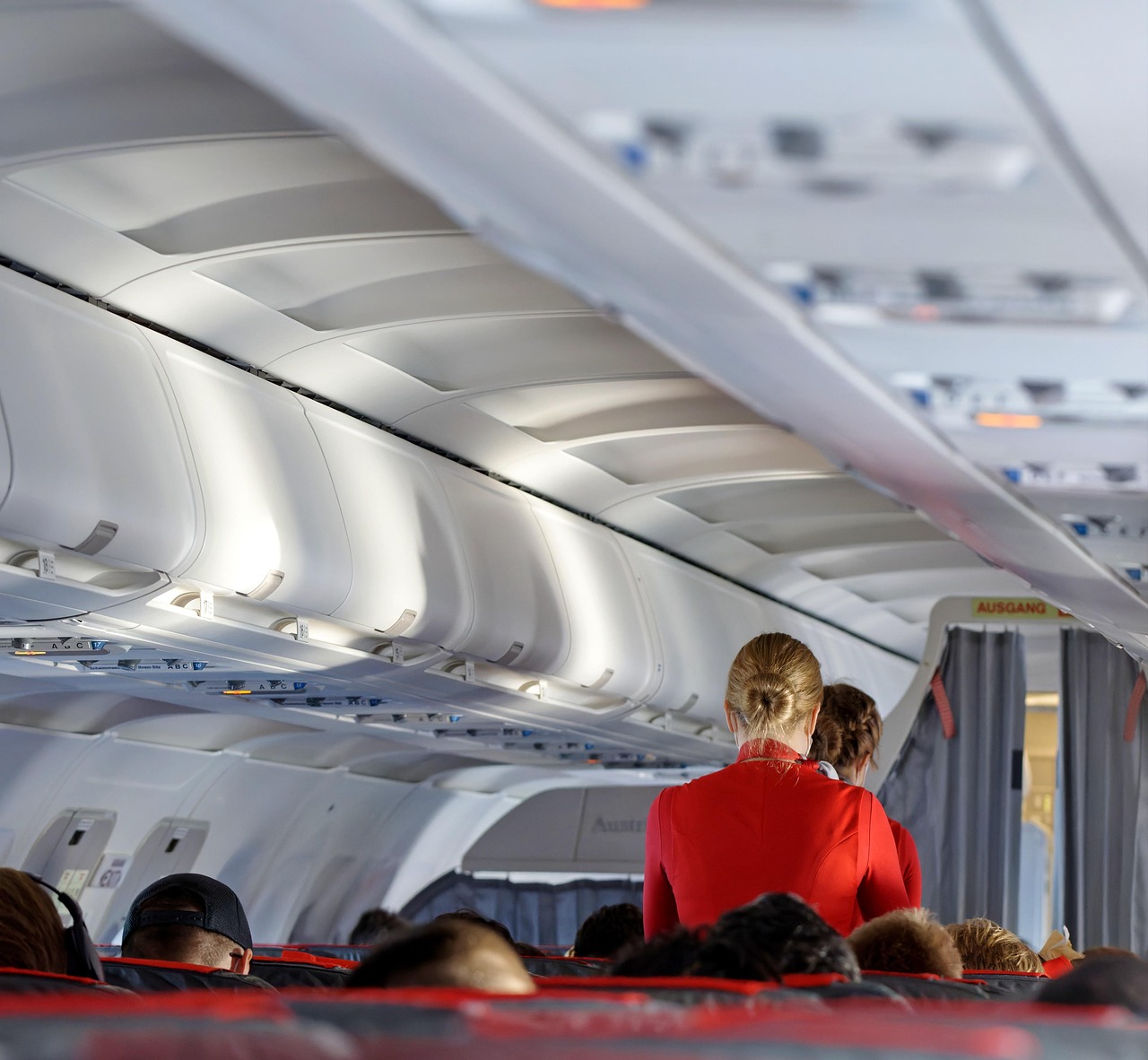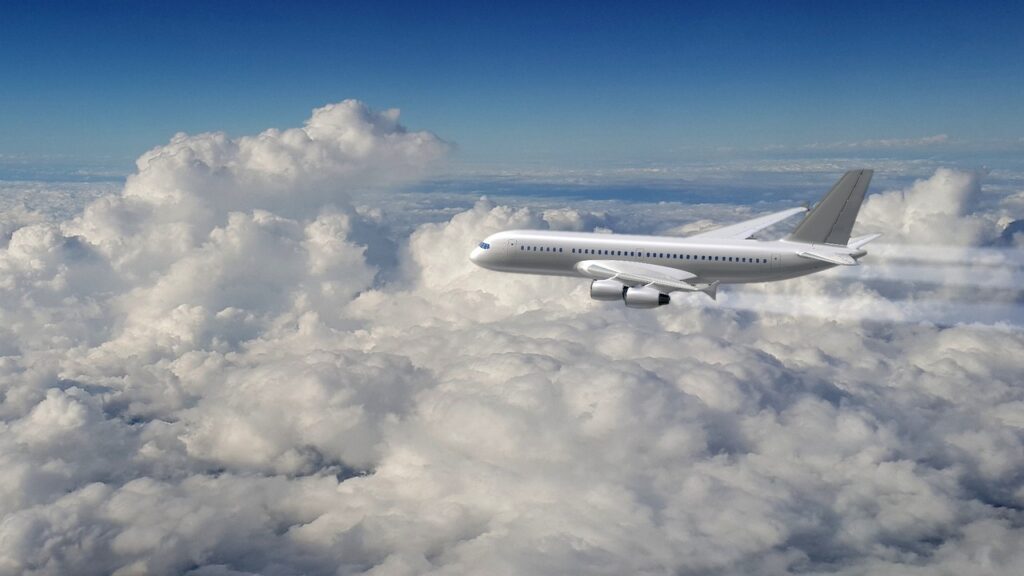In a sector where safety, reliability, and operational excellence are non-negotiable, training stands not as an auxiliary function but as the strategic core. In the first episode of the “No Train No Gain” podcast, hosted by Thomas Bessière, founder of Hinfact, aviation training is placed under critical examination. Joined by Yann Renier, Head of Training and Licensing at IATA, the conversation deconstructs the current state of aviation instruction and illuminates the pivotal transformation driven by Competency-Based Training and Assessment (CBTA).
CBTA is not a trend. It is a structural evolution in how skills, knowledge, and behaviors are developed, measured, and improved. This article unpacks the origins, principles, and global implications of CBTA through insights shared in the episode, and provides strategic depth on why aviation organizations can no longer ignore this shift.

👉 Learn more about Yann Renier’s role.
From Legacy Systems to a Competency-Driven Logic
For decades, aviation training has relied on static, task-based approaches. These legacy systems, while compliant, were often misaligned with real-world performance demands. They emphasized checklists, repetition, and theoretical knowledge. In contrast, CBTA is rooted in operational relevance. It doesn’t just ask if someone knows a procedure; it evaluates whether they can apply that knowledge under dynamic, uncertain, and time-pressured conditions.
This evolution is not arbitrary. CBTA emerged from a growing dissatisfaction with pass/fail models that fail to capture nuance in human performance. In an era where human factors and variability are recognized as central to safety outcomes, CBTA provides the necessary granularity to assess and enhance capability, not just competence.
The Lineage of CBTA: CRM, TEM, EBT
Renier charts CBTA’s development through critical moments in aviation training history. The 1980s saw the birth of Crew Resource Management (CRM), which introduced the idea that cockpit coordination and interpersonal skills directly impact safety. The 1990s brought Threat and Error Management (TEM), enabling pilots to contextualize decisions within risk landscapes.
Then came Evidence-Based Training (EBT), which IATA helped define between 2008 and 2013. EBT shifted training design from syllabus-based repetition to data-informed relevance. Rather than retraining familiar failures, it prioritized statistically significant risks. CBTA goes a step further by structuring the training ecosystem around competencies, observed, measurable behaviors that link directly to operational safety.

👉 See how to transition from legacy training to CBTA.
Technical Competence Is Not Enough
Traditional training overemphasized technical skills: manual handling, systems operation, compliance with SOPs. While indispensable, these are only part of the operational picture. Nontechnical skills, communication, leadership, decision-making, workload management, are equally vital.
CBTA acknowledges this duality. It formalizes nontechnical skills into the assessment structure. No longer treated as intangible or secondary, these skills are evaluated with the same rigor as stick-and-rudder proficiency. The result is a more accurate representation of what it means to be a competent operator in the modern cockpit.
Human Factors, Cognitive Load, and Neuroergonomics
Thomas Bessière brings a neuroergonomics perspective to the table. Drawing on Hinfact’s expertise, he emphasizes that performance under pressure is a cognitive event. Situational awareness, pattern recognition, and decision-making are functions of how the brain operates in complex environments.
CBTA creates a framework to operationalize this science. By integrating behavioral indicators into training sessions and assessments, organizations can move beyond subjective impressions. The goal is not to train more, it is to train smarter, based on how humans actually process information, manage workload, and interact with their systems and teams under stress.
👉 Check out what innovations Hinfact is developing.
Performance as a Strategic Lever
Yann Renier is unequivocal: CBTA is not a soft reform. It is a strategic mechanism to elevate performance and improve safety outcomes. Data from IATA’s Operational Safety Audit reveals a tangible correlation between CBTA adoption and the precision with which organizations can identify skill gaps, especially in areas where traditional training is weakest.
Organizations deploying CBTA can pinpoint trends: a specific base of pilots struggling with decision-making, a persistent breakdown in workload distribution during go-arounds, or recurrent miscommunication during crew transitions. These insights are not incidental—they are actionable, and they close the loop between training design and operational feedback.

Implementation Barriers: Cultural, Structural, Regulatory
But no transformation comes without resistance. Implementing CBTA is resource-intensive. It requires a philosophical shift, new instructor skill sets, robust digital tracking, and regulatory alignment.
Most training organizations are not designed to measure competencies through continuous behavior observation. Few regulators are equipped to validate CBTA programs against new performance metrics. Moreover, instructors must be retrained, not just in what to teach, but in how to evaluate through a competency lens.
Scoring systems need refinement. A five-point behavioral scale is not intuitive to every evaluator. Ensuring consistency in evaluation across fleets, bases, and instructors is a logistical challenge. Still, these challenges are surmountable when aligned with strategic intent.
👉 Learn more about how an ATMS can ease the transition towards CBTA.
The Global Push: IATA, ICAO, and Structural Standardization
IATA is not merely observing the CBTA transition. It is leading it. Through its guidance material, regulatory advocacy, and contribution to ICAO’s Personnel Training and Licensing Panel (PTLP), IATA is institutionalizing CBTA into global frameworks.
A key initiative under discussion is the establishment of a “CBTA route” within ICAO Annex 1. This route would enable regulators to accept CBTA-based experience pathways, where simulator training, structured behavioral assessments, and operational feedback can compensate for legacy flight-hour requirements. The comparison to astronaut training is apt: safety is about preparedness, not accumulated hours.
Cross-Functionality: Beyond the Cockpit
CBTA is not confined to pilots. ICAO standards already apply CBTA to other aviation professions: maintenance engineers, cabin crew, air traffic controllers, and dispatchers. The CBTA logic, define, observe, assess, and improve competencies, can be adapted across all operational roles.
This cross-functional scalability is crucial. In an integrated safety system, a failure in communication or coordination across teams can be just as consequential as a pilot error. CBTA creates a shared language of performance, grounded in observable behavior, across the aviation ecosystem.

👉 Know more about ICAO standards.
Individual Adaptation vs Population-Based Efficiency
One of the core advantages of CBTA is its potential for personalized training. Every operator, every environment, and every individual presents unique performance patterns. In theory, CBTA enables tailored remediation and development pathways.
In practice, scalability constraints often require organizations to apply CBTA insights at a population level. For example, if long-haul first officers routinely underperform on energy management during approach phases, training can be adapted at scale.
Yet some operators are moving towards real-time modularity: dynamic adaptation of a training session based on live performance data. This adaptive training approach remains rare but exemplifies the future direction, where each session is data-informed and tailored to the individual.
Training Data: The Missing Link
Operational data is abundant. Training data is not. This asymmetry creates a critical blind spot. Without systematized training data collection, validation of CBTA’s effectiveness remains anecdotal.
IATA aims to address this through integration into the Global Aviation Data Management (GADM) framework. Aggregating training performance data will enable benchmarking, trend analysis, and continuous improvement. It will also strengthen the feedback loop, linking specific training interventions to safety performance indicators.
Instructor and Evaluator Qualification
The credibility of CBTA relies on those who deliver it. Instructor quality is the limiting factor. Renier emphasizes the need for consistent, formalized training for both instructors and regulators.
CBTA implementation should not outpace regulatory capability. This risks inconsistency, which dilutes the integrity of the system. IATA is developing targeted programs to build regulatory oversight capacity, ensuring states are ready to support CBTA without undermining its rigor.

👉 Discover CBTA standardization by IATA.
Digital Tools and Technological Amplifiers
Technology is indispensable, but not sufficient on its own. Tools like HINFACT’s digital training management systems enable granular tracking of competencies, real-time instructor input, and data aggregation. AI-based analytics can surface latent trends and predict risk areas.
Still, Renier warns against techno-solutionism. Tools must support, not supplant, human judgment. Digital systems should amplify the observer’s precision and reduce noise, but the training logic must remain pedagogically and operationally sound.
Future Trajectory: Steady Acceleration
CBTA is not a silver bullet, but it is a direction. With only 20% of IATA members currently engaged in CBTA, adoption is incremental. Economic, political, and operational constraints will determine pacing.
But the trajectory is clear. Regulators are evolving. Operators are experimenting. Technology is maturing. The next five years will determine not if CBTA becomes the norm, but how effectively it is embedded, scaled, and adapted.
Conclusion: From Compliance to Capability
Yann Renier closes the episode with clarity: “Don’t be afraid to train differently.” The message is unambiguous. Aviation cannot afford to remain trapped in obsolete paradigms. CBTA offers a proven pathway toward measurable, adaptive, and performance-centric training.
Training is not a checkbox. It is not an obligation to be met but an asset to be leveraged. In a world of increasing complexity, the organizations that survive and thrive will be those that understand training as an engine of operational capability, not a cost center.
CBTA is the framework. The tools exist. The science is mature. The only question is whether organizations are ready to abandon familiar inefficiencies in favor of intelligent performance.



